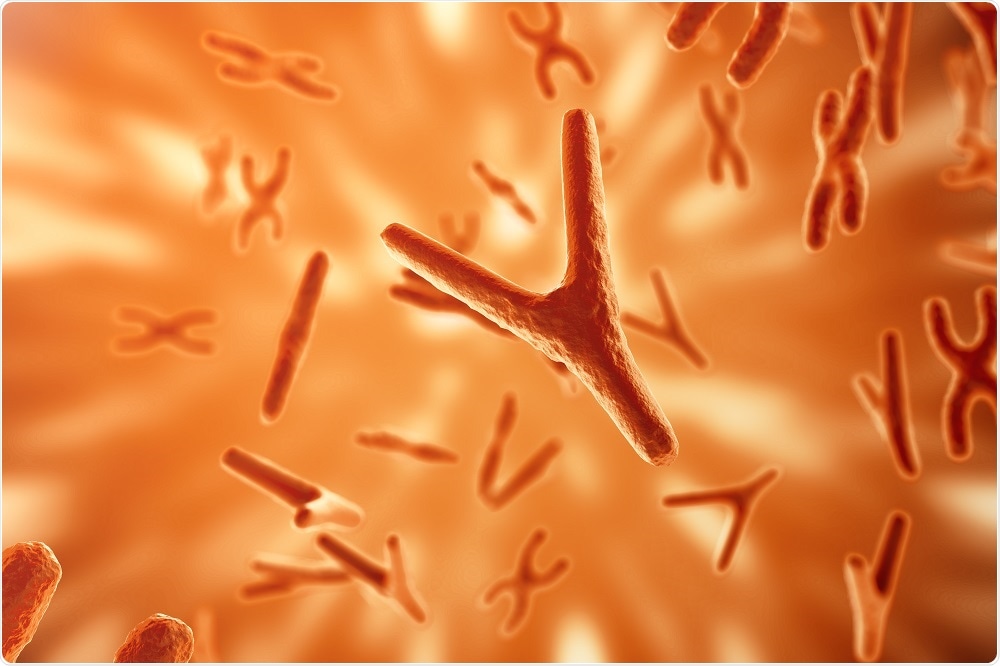Researchers from Northwestern University have identified a gene enhancer that is critical for male sex development and shown that deleting it results in male-to-female sex reversal in mice.
 Image Credit: Rost9 / Shutterstock
Image Credit: Rost9 / Shutterstock
The finding could improve researchers’ understanding of how sex determination occurs in mammals and have significant implications for patients with differences in sex development (DSDs), where the testes and ovaries (gonads) do not develop as expected.
As reported in the journal Science, Danielle Maatouk and colleagues identified an enhancer (a short region of DNA that can increase gene transcription) that is required for the regulation of a gene called Sox9.
This gene is essential for male differentiation and the formation of testes. If Sox9 is mutated or not properly expressed, then a male (with the XY chromosome) can develop ovaries rather than testes.
Researchers already know that some patients with DSDs have genomic changes near the Sox9 gene that affect expression of the gene and lead to sex reversal, but it has not been clear why.
Now, Maatouk and team have found that when they deleted the enhancer in a mouse model, the expression of Sox9 was decreased enough to cause complete sex reversal.
Chromosomally male (XY) embryos developed as females and had ovaries that were indistinguishable from those of chromosomally female (XX) embryos.
Co-author Isabelle Salamone says this is the first time a Sox9 enhancer has been identified that, if lost, can cause sex reversal.
The findings could help improve the genetic diagnosis of individuals with DSDs in the future; currently only about one fifth of these individuals receive such a diagnosis.
We believe that many undiagnosed patients have mutations in regulatory regions - such as the one that we identified near Sox9 - and regulatory regions are usually not investigated by genetic testing."
Isabelle Salamone, Co-Author
Genes that are key to sex determination are often important for other developmental processes and a mutation in one gene or its regulatory region can affect a patient’s health in many ways.
Salamone hopes that understanding the genetic underpinnings of these disorders will help to improve the care of these patients.
Now, the team is exploring other enhancers involved in the regulation of Sox9 and other genes involved in sex determination and hopes to find out how expression of the gene is repressed in females and leads to the development of ovaries.
The data sets we've produced can be used as a road map to regulatory regions of other genes important for gonad development.”
Christopher Futtner, Co-Author
Source:
https://www.eurekalert.org/pub_releases/2018-06/nu-ndc061418.php